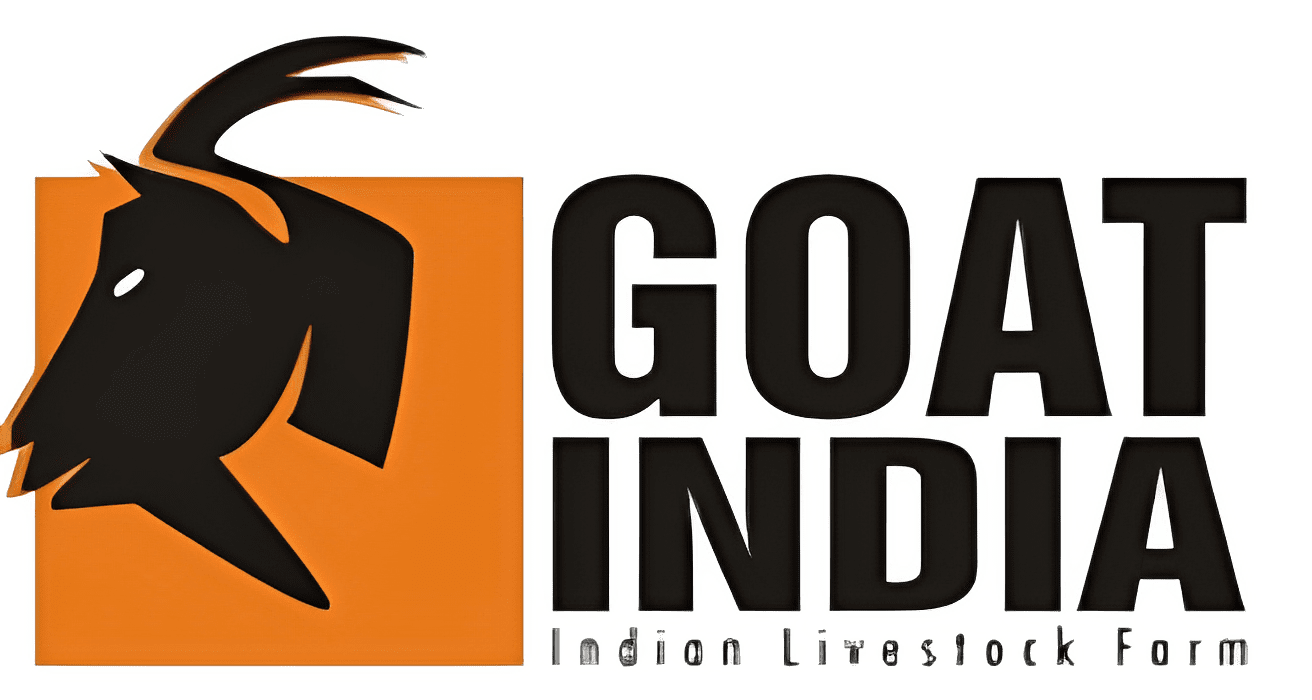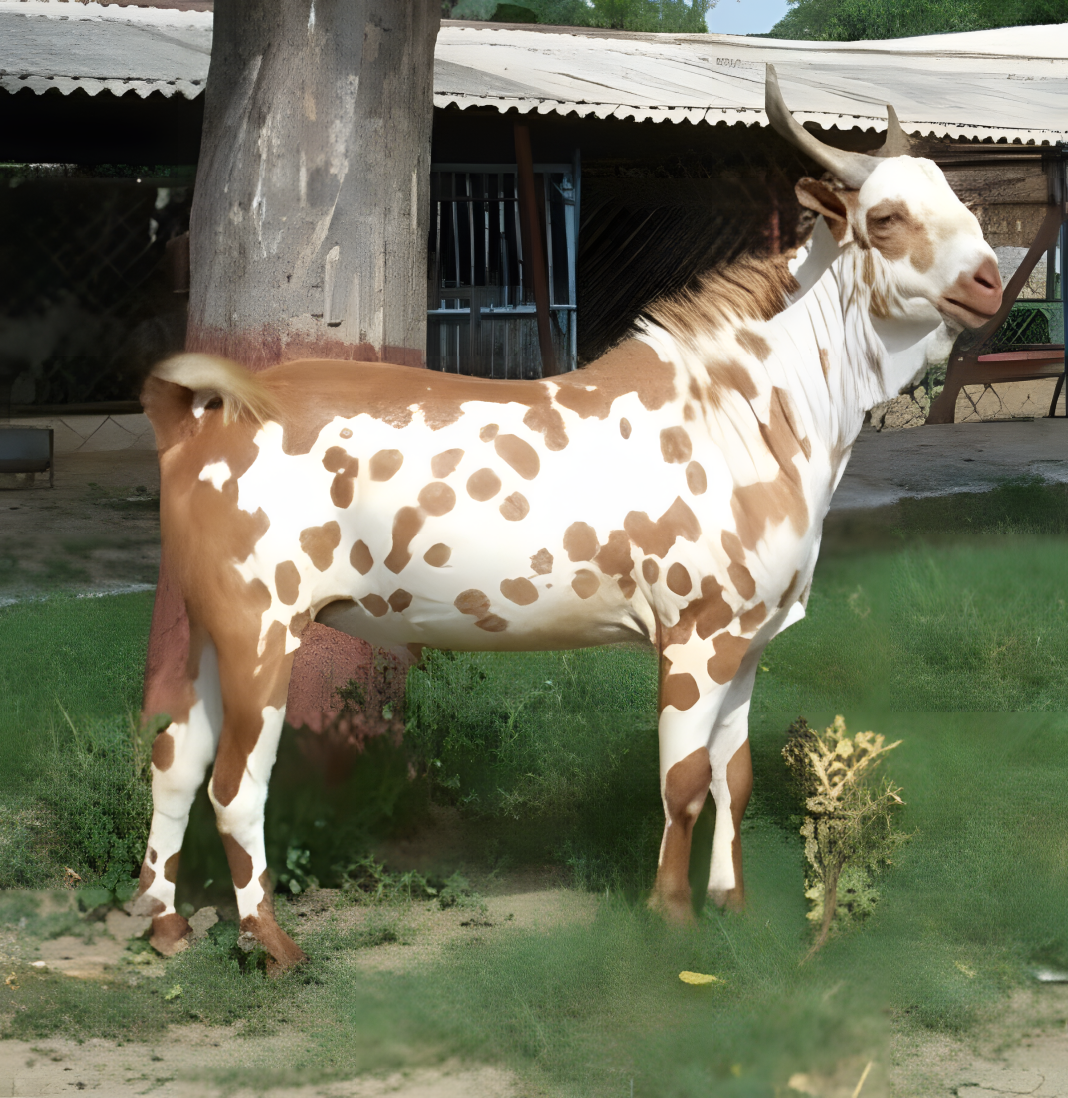Barbari Goat
Complete guide to India’s most popular dual-purpose goat breed – ideal for milk production, meat, and commercial farming across diverse climatic conditions
Barbari Goat Key Statistics
Factual data about India’s most adaptable and productive goat breed
Comprehensive Barbari Goat Information
Detailed information organized by key farming aspects
Origin & History
Native to Rajasthan and Punjab regions, the Barbari goat has been traditionally raised by pastoral communities. Known for its adaptability and dual-purpose nature.
Physical Features
Compact body structure with white base coat and light brown or black patches. Erect ears, straight facial profile, and well-developed udder in females.
Size & Weight
Adult females: 25-30kg, Adult males: 35-40kg. Medium-sized breed ideal for smallholder farming systems with efficient space utilization.
Breed Recognition
Officially recognized by the Indian government and included in the National Bureau of Animal Genetic Resources (NBAGR) breed registry.
Climate Adaptability
The Barbari goat demonstrates excellent adaptability to diverse climatic conditions. It thrives in temperatures ranging from 5°C to 45°C and can withstand both arid and semi-arid conditions. This breed is particularly well-suited for regions with limited water availability and sparse vegetation.
Milk Production
Average daily yield: 2-3 liters per day during peak lactation. Total lactation yield: 150-200 liters over 6-7 months lactation period.
Reproductive Performance
Age at first kidding: 15-18 months. Kidding interval: 8-10 months. Usually produces 1-2 kids per kidding with twins being common.
Meat Production
Good meat quality with lean muscle development. Dressing percentage: 45-50%. Excellent feed conversion efficiency for meat production.
Growth Rate
Birth weight: 2-2.5kg. Weaning weight at 3 months: 8-10kg. Good growth rate with proper nutrition and management.
Economic Importance
The Barbari goat contributes significantly to rural livelihoods through milk and meat production. Its efficient feed conversion, disease resistance, and adaptability make it an economically viable option for small-scale farmers across India.
Housing Requirements
Requires 1.2-1.5 square meters per adult goat. Simple shelter with good ventilation, dry flooring, and protection from rain and extreme weather.
Feeding Management
Daily requirement: 3-4% of body weight as dry matter. Combination of grazing, hay, concentrate feed (200-300g/day for milking does).
Breeding Management
Natural mating or artificial insemination. Buck to doe ratio: 1:25-30. Breeding season: Year-round with peak during October-February.
Kidding Management
Provide clean, dry kidding area. Monitor closely during delivery. Ensure colostrum feeding within 1-2 hours of birth for newborn health.
Best Management Practices
Implement rotational grazing systems, maintain proper hygiene, ensure adequate water supply (2-3 liters per day), and follow regular vaccination schedules. Consult local veterinarian for region-specific health protocols.
Disease Resistance
Generally hardy breed with good natural disease resistance. Less susceptible to common goat diseases compared to exotic breeds.
Common Health Issues
May be affected by pneumonia, diarrhea, and parasitic infections. Regular health monitoring and preventive care essential.
Vaccination Schedule
Follow local veterinary recommendations. Generally includes PPR, FMD, and Enterotoxemia vaccines as per regional disease prevalence.
Preventive Care
Regular deworming (every 3-4 months), hoof trimming, maintaining clean water sources, and proper waste management.
Health Management Protocol
Important: Always consult with a qualified veterinarian for health issues and treatment protocols. Maintain health records, observe animals daily for early disease detection, and follow recommended vaccination schedules specific to your region.
Practical Farming Techniques
Evidence-based practices for successful Barbari goat farming
Feeding & Nutrition Guidelines
- Provide 300-500g concentrate feed daily for milking does
- Ensure 2-3 hours grazing time on quality pasture
- Supplement with legume hay during dry seasons
- Provide mineral mixture: 10-15g per day per adult
- Fresh water availability: 2-3 liters per day
- Adjust feeding based on production stage and body condition
Housing & Shelter Design
- Floor space: 1.2-1.5 sq meters per adult goat
- Height: Minimum 2.5 meters for proper ventilation
- Flooring: Raised platform with drainage system
- Separate areas for bucks, does, and kids
- Protection from rain, wind, and extreme temperatures
- Easy cleaning and maintenance design
Barbari Goat Performance Data
Comparative analysis of key production parameters
| Performance Parameter | Barbari Goat Average | Range | Best Practices Impact |
|---|---|---|---|
| Daily Milk Yield | 2.5 liters | 2-3 liters | Up to 3.5L with optimal feeding |
| Lactation Period | 6-7 months | 180-210 days | Extended with proper management |
| Kidding Interval | 9 months | 8-10 months | 8 months with optimal nutrition |
| Kids per Kidding | 1.6 | 1-2 (occasionally 3) | Higher twinning with better care |
| Adult Female Weight | 27-28kg | 25-30kg | Optimal weight maintenance |
| Adult Male Weight | 37-38kg | 35-40kg | Better growth with quality feed |
Start Your Barbari Goat Farm
Explore comprehensive resources and connect with experts for successful goat farming


